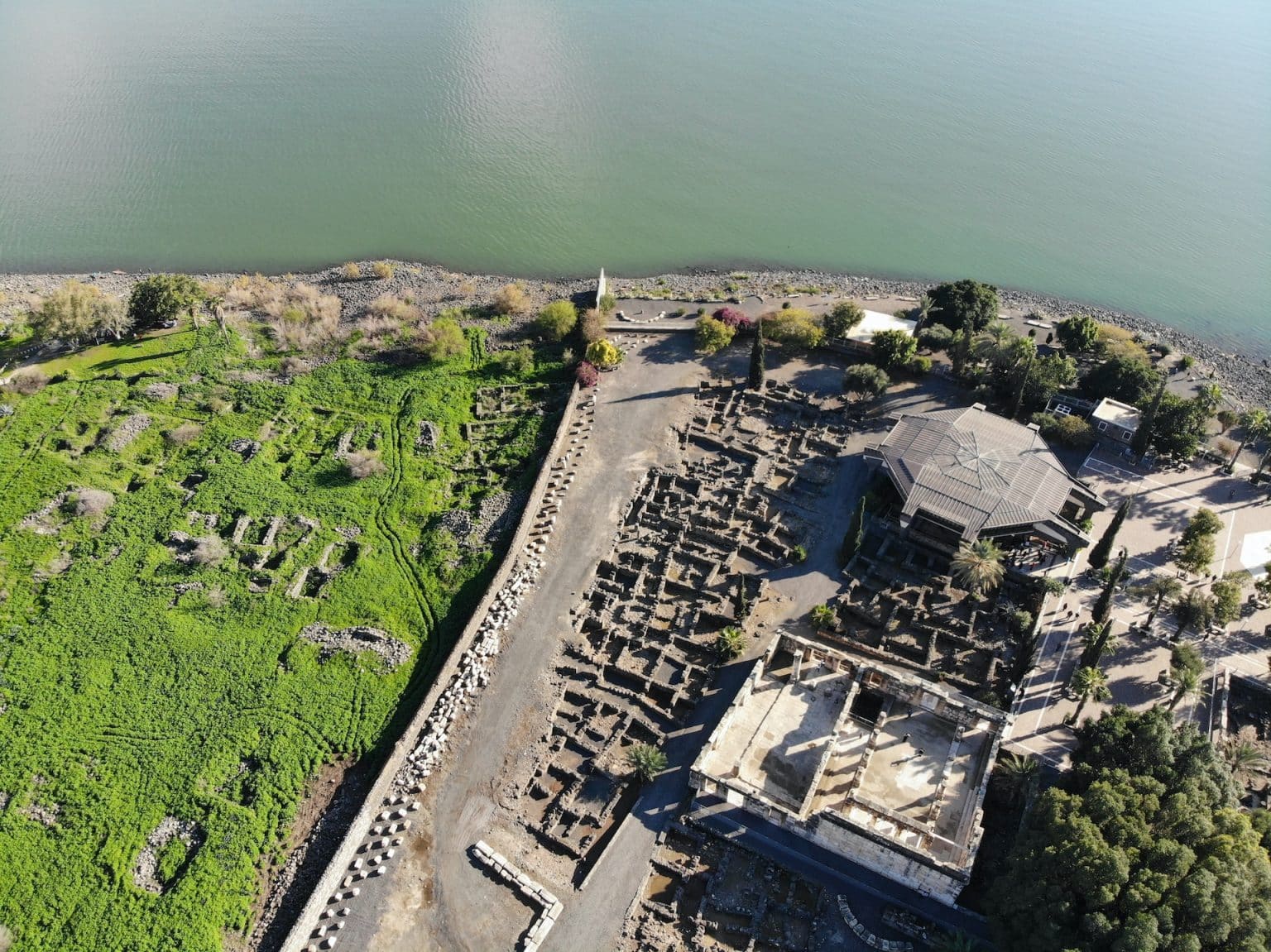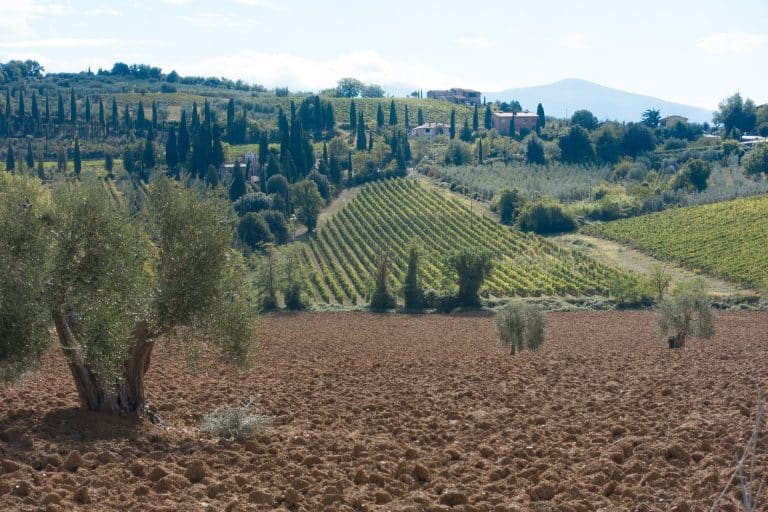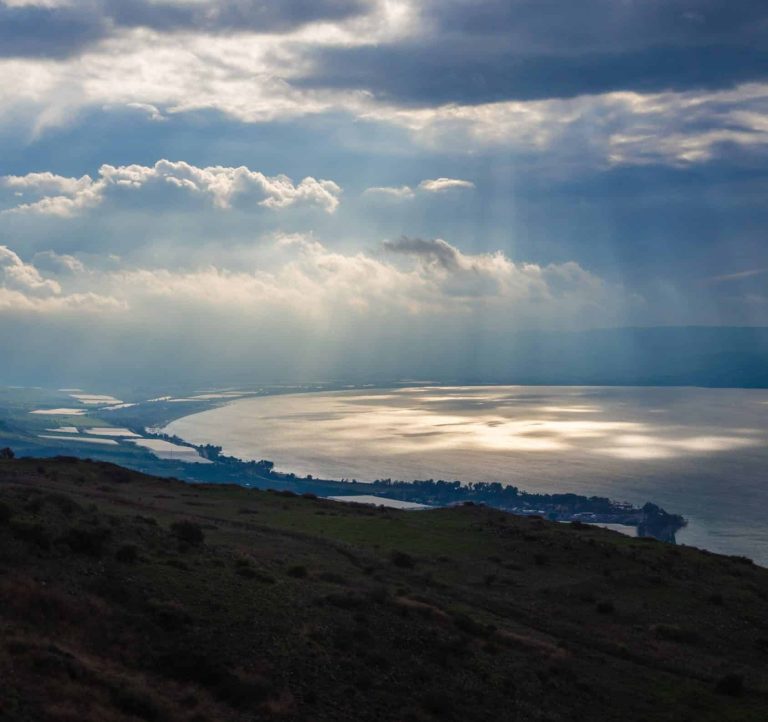As the center of Jesus’ life for 3 crucial years, after his escape from Nazareth, the old fishing village Capernaum, which lies at the northern edge of the Sea of Galilee, is a sight of tremendous religious importance, which draws a huge amount of visitors every year. Here, you can find everything you need to know before you visit the historical Capernaum.
The story of Capernaum
Capernaum was established in the second century BC, as evidenced by Hasmonean coins from this period found at the site. According to the New Testament, after leaving Nazareth, Jesus established his life in Capernaum for 3 years, before going to Jerusalem. It is where he is believed to have made miracles, as he calmed the stormy sea, walked on the water, and cured the ill in the village. In addition, several of the 12 apostles lived in Capernaum.
Capernaum Village had been destroyed in the earthquake of 749, and since there hasn’t been much civilian activity around the area. Today, the site is in the hands of the Franciscan order that purchased the land in 1894, and its people conducted archaeological excavations there.
During the excavations of the village’s residences, Among the simple dwellings that were found, one large room was discovered, which is undoubtedly the most important finding in Capernaum. The room, as the only one with plastered walls, is from the first century AD and possibly even older. Among the ancient inscriptions on the walls were found the names of Jesus and Peter, and from this, the researchers concluded that the two lived there. Since Capernaum has a direct connection to many of Jesus’ exploits, it was already seen as very important in Byzantine times, and it is not surprising that the remains of a large octagonal church from the Byzantine period were discovered around the ancient room. Unlike elongated church buildings, the octagonal and round buildings always indicate a sacred element located in their center.
Best places to visit in Capernaum
St. Peter’s Church
In modern times, a boat-shaped church was built over the ancient remains of St. Peter’s house. Under the columns on which it stands and through a glass window on its floor, visitors can observe the archeological findings below, and see the remains of the old house. According to the Christian scriptures, here Jesus healed Peter’s mother-in-law (Matthew 8:14-17), expelled a bad spirit from the synagogue (Luke 4:31-35), and more. When Jesus healed a paralyzed man here (Mark 2:1-12), according to Christian tradition, such a large crowd gathered at Peter’s house that they had to remove the roof and chain him down to bring the paralyzed man in front of the Son of God who was sitting in the house.
Church of the 12 Apostels
A Greek Orthodox monastery with a pink dome. The church was Built in the 19th century and was opened in 1931. It is immersed in a blooming garden, thanks to the maintenance of Arinarchos, a kind monk of Greek origin who lives in it. Recently, the church was decorated with canvas sheets with wonderful paintings on them. It also has a small monastery where a small number of monks live.
Capernaum Synagogue
While it is mostly believed that the synagogue here was built in the 4th century AD, some claim that Jesus prayed in this building during his stay in Capernaum. Part of what you see here today is due to a big reconstruction of the synagogue that has been going on lately. The synagogue’s facade faces Jerusalem and it is made of well-hewn limestone. Near the synagogue, you can see remains of the residential quarters built of black basalt stones. The synagogue was built on top of an earlier synagogue and is built in the shape of a basilica, with stone benches alongside it. Inside the synagogue, you can still see a lot of images: pentagons, hexagons, plants, animals, medallions, seahorses, and eagles. There are also Judaism-related paintings here, such as the Menorah and a Shofar.
Religious sites around Capernaum
From Capernaum, you can very easily reach other incredibly important religious sites to Christianity, such as the Mount of Beatitudes and Tabgha. They are connected to Capernaum by a short, 2 km/1.2-mile path. In addition, half an hour away, at the southern edge of the Sea of Galilee, is the Yardenit Baptismal Site, the site where Jesus was baptized by John the Baptist.




